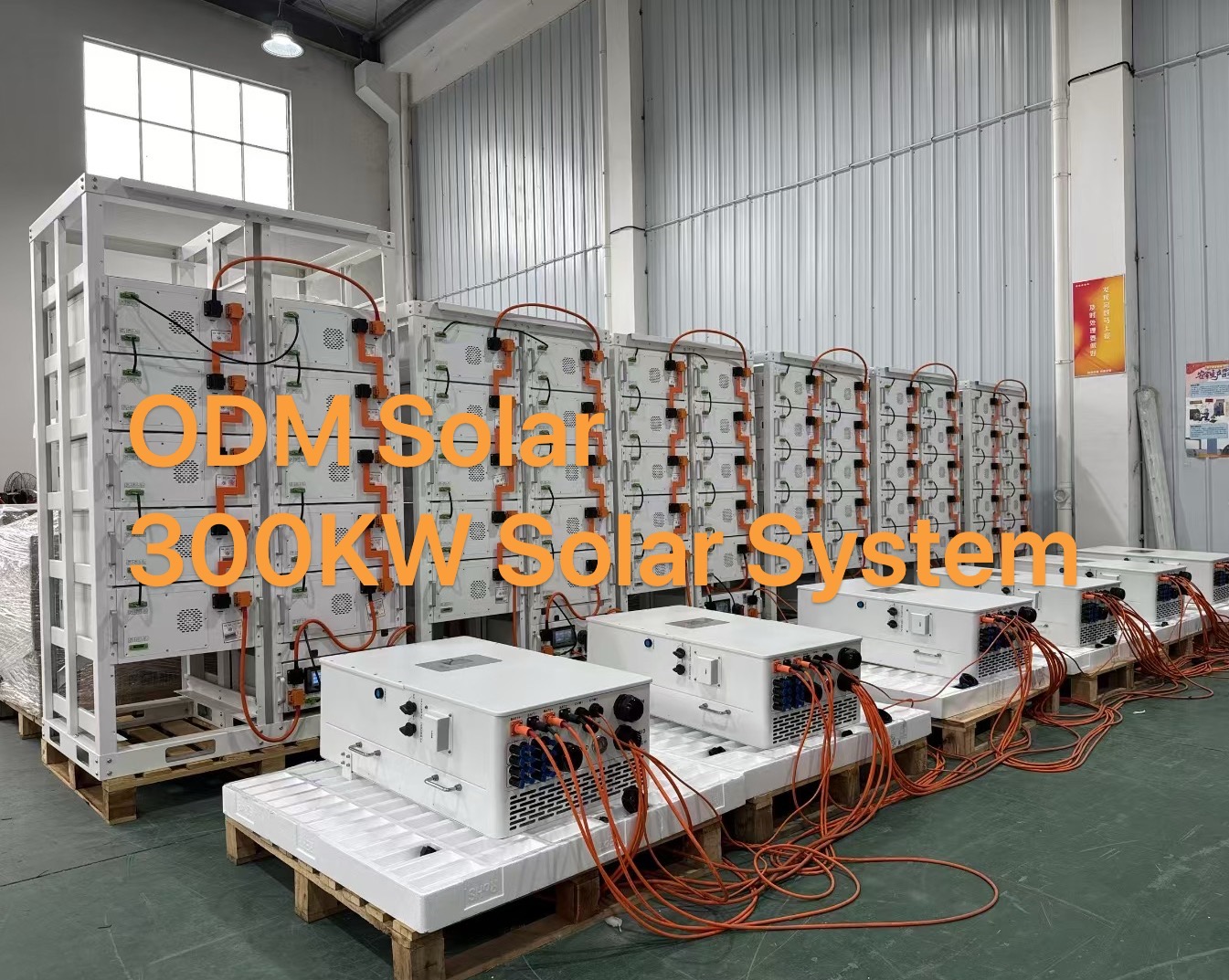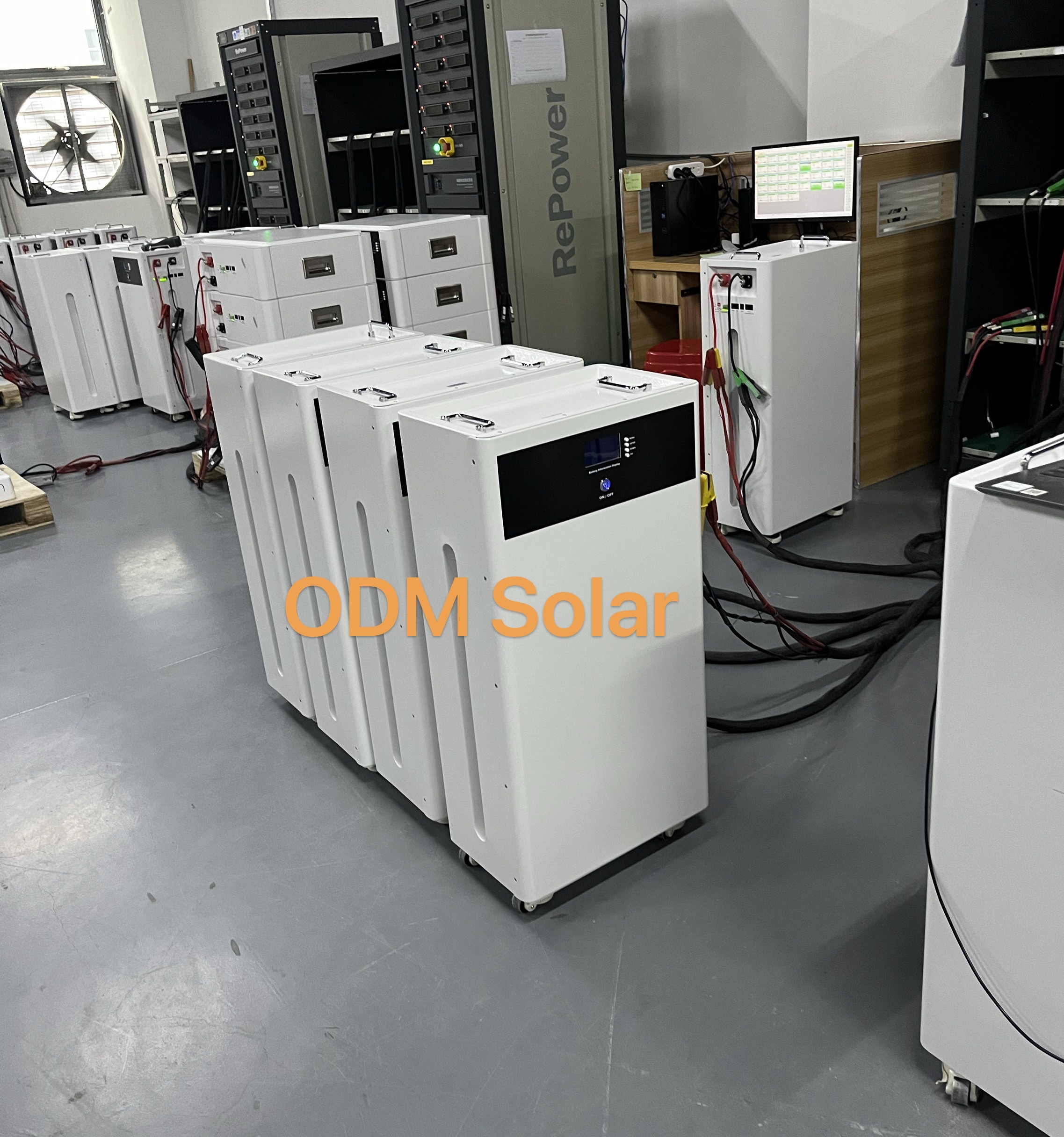300KW Solar Energy System
Harnessing the Power of the Sun: A Deep Dive into a 300kW Solar System
In today's world, where sustainability and cost-efficiency are paramount, solar energy has emerged as a leading solution for businesses, industries, and large-scale commercial operations. A 300kW solar system is a robust and high-capacity setup that can significantly reduce electricity bills, lower carbon footprints, and provide long-term energy independence.
In this blog, we’ll explore the key aspects of a 300kW solar system, including its benefits, components, installation process, and financial returns.
What is a 300kW Solar System?
A 300kW solar power system is designed to generate 300 kilowatts (kW) of electricity under optimal sunlight conditions. Such a system is ideal for:
Commercial buildings (factories, warehouses, shopping centers)
Industrial facilities (manufacturing plants, agro-processing units)
Large farms (for irrigation and processing)
Institutions (schools, hospitals, government buildings)
On average, a 300kW solar system can produce 1,200 to 1,500 kWh per day, depending on location and sunlight availability.
Key Components of a 300kW Solar System
A solar power system of this scale consists of several critical components:
1. Solar Panels (Photovoltaic Modules)
Number of panels: ~750 to 900 (depending on panel wattage, e.g., 330W to 400W panels)
Type: Monocrystalline (high efficiency) or Polycrystalline (cost-effective)
2. Solar Inverters
Capacity: Multiple inverters totaling 300kW (e.g., three 100kW inverters or six 50kW inverters)
Type: String inverters or central inverters (for large-scale efficiency)
3. Mounting Structures
Roof-mounted (for commercial buildings)
Ground-mounted (for open spaces)
Tracking systems (optional, to maximize sunlight absorption)
4. Balance of System (BOS)
Wiring & Cabling (to connect panels and inverters)
Combiner Boxes & Protection Devices (safety against surges and faults)
Metering & Monitoring Systems (real-time performance tracking)
5. Optional: Battery Storage
For off-grid or hybrid systems, batteries can store excess energy for later use.
Benefits of a 300kW Solar System
1. Significant Cost Savings
Reduces electricity bills by 70-90%, depending on usage.
Protection against rising utility prices.
2. High Return on Investment (ROI)
Payback period: 3-6 years (depending on incentives and energy rates).
Lifespan: 25+ years, ensuring long-term savings.
3. Environmental Impact
Reduces ~450 tons of CO₂ emissions annually (equivalent to planting ~10,000 trees).
Supports corporate sustainability goals.
4. Government Incentives & Tax Benefits
Net Metering: Sell excess power back to the grid.
Accelerated Depreciation (India): 40% tax benefit in the first year.
Subsidies & Grants: Available in many regions for commercial solar adoption.
5. Energy Independence & Reliability
Less reliance on grid power, reducing vulnerability to outages.
Stable energy costs despite market fluctuations.
Installation Process
1. Site Assessment
Roof/land suitability, shading analysis, and load requirements.
2. Design & Permitting
Engineering plans, grid approvals, and regulatory compliance.
3. Procurement & Installation
Solar panels, inverters, and mounting structures are installed.
4. Grid Connection & Commissioning
System testing, net metering setup, and official handover.
5. Monitoring & Maintenance
Regular cleaning, performance checks, and inverter servicing.
Ready to go solar? Consult with a trusted solar provider today and take the first step toward energy independence!
Would you like a customized feasibility analysis for your location? Let us know in the comments
#SolarEnergy #RenewableEnergy #Sustainability #CommercialSolar #CleanEnergy #300kWSolarSystem









